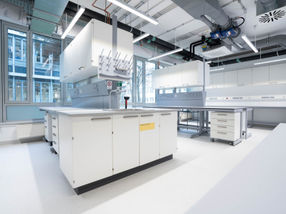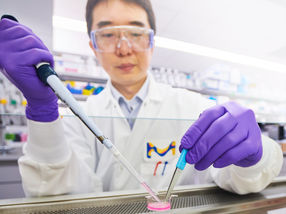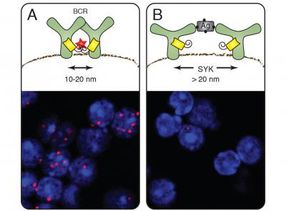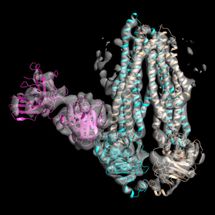Smiths Detection Wins $21M Chemical Detector Orders
JCADs Protect U.S. Troops from Chemical Warfare Agents and Toxic Industrial Chemicals
Advertisement
Smiths Detection announced the award of two orders totaling more than $21 million from the U.S. Army under the Department of Defense’s Joint Chemical Agent Detector (JCAD) program.
The JCAD is based on Smiths Detection's LCD product line of advanced, light-weight, threat detection devices that can be easily strapped to a belt.
The enhanced M4A1 JCADs, which have started delivery, are manufactured in Smiths Detection’s facility at Edgewood, Md. The plant, which employs nearly 230 people, recently expanded to help meet demand from the U.S. military for the JCAD program.
The two latest orders comprise one of $4.9m and another of $16.9m.
Other news from the department business & finance

Get the chemical industry in your inbox
By submitting this form you agree that LUMITOS AG will send you the newsletter(s) selected above by email. Your data will not be passed on to third parties. Your data will be stored and processed in accordance with our data protection regulations. LUMITOS may contact you by email for the purpose of advertising or market and opinion surveys. You can revoke your consent at any time without giving reasons to LUMITOS AG, Ernst-Augustin-Str. 2, 12489 Berlin, Germany or by e-mail at revoke@lumitos.com with effect for the future. In addition, each email contains a link to unsubscribe from the corresponding newsletter.
Most read news
More news from our other portals
Last viewed contents



























































